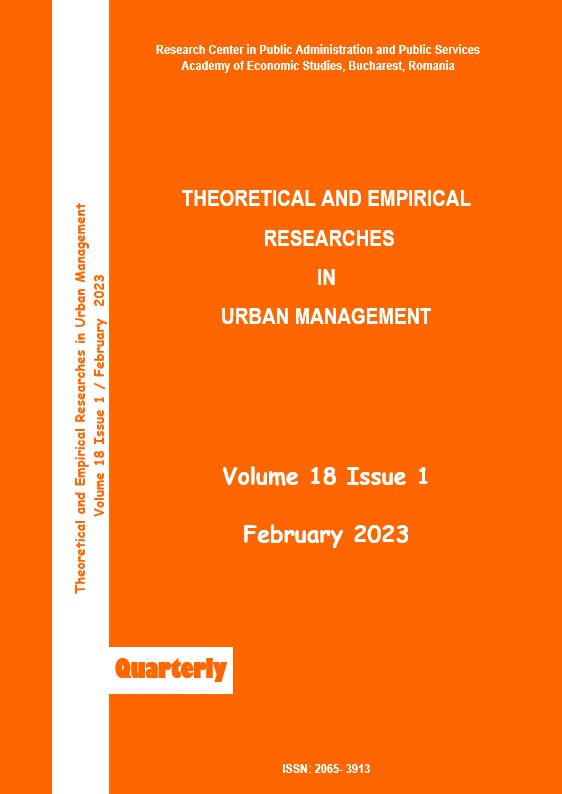DEVELOPING A CONCEPTUAL FRAMEWORK OF CREATIVE PLACEMAKING FOR SOCIAL COHESION
DEVELOPING A CONCEPTUAL FRAMEWORK OF CREATIVE PLACEMAKING FOR SOCIAL COHESION
Author(s): Shanta Pragyan Dash, N. Lakshmi ThilagamSubject(s): Geography, Regional studies, Regional Geography
Published by: Academia de Studii Economice - Centrul de Cercetare in Administratie si Servicii Publice (CCASP)
Keywords: place making; ecological-connectedness; perception of place; collective memory; urban happiness; place attachment;
Summary/Abstract: The recent concept of place-making contends that urban places are rooted in the physical environment and emerge through reiterative social behaviors, meanings that are created and reconstructed on a daily basis. Iconic architecture, monumental artworks, sculptures, and other aesthetic expressions have greatly supported the formation of images and identities for cities, villages, and towns that are attempting to identify themselves. Placemaking is an important activity that has been studied for its effects on people's health and happiness in urban planning and is one of the most effective methods for ensuring a community's long-term sustainability. However, in terms of community-level social process, including the planning and design of interventions, it lacks traits of social cohesiveness. The research aims towards exploring different aspects and indicators of place-making in public green spaces in residential settlements and how this practice towards developing social cohesion. The study uses a qualitative strategy to determine the various factors that are indicative of placemaking. Theoretical review of literature has uncovered a variety of indicators, including ecological-connectedness, perception of a place, collective memory, urban happiness and place attachment. The outcome of the research is towards developing a conceptual framework towards enhancing socially cohesive public green spaces within residential settlements. This shall enable the future designers to integrate the concept of placemaking considering the indicators explored through the study to develop place making character enhancing social interactions within the open space in the community.
Journal: Theoretical and Empirical Researches in Urban Management
- Issue Year: 18/2023
- Issue No: 1
- Page Range: 5-26
- Page Count: 22
- Language: English

